Introduction
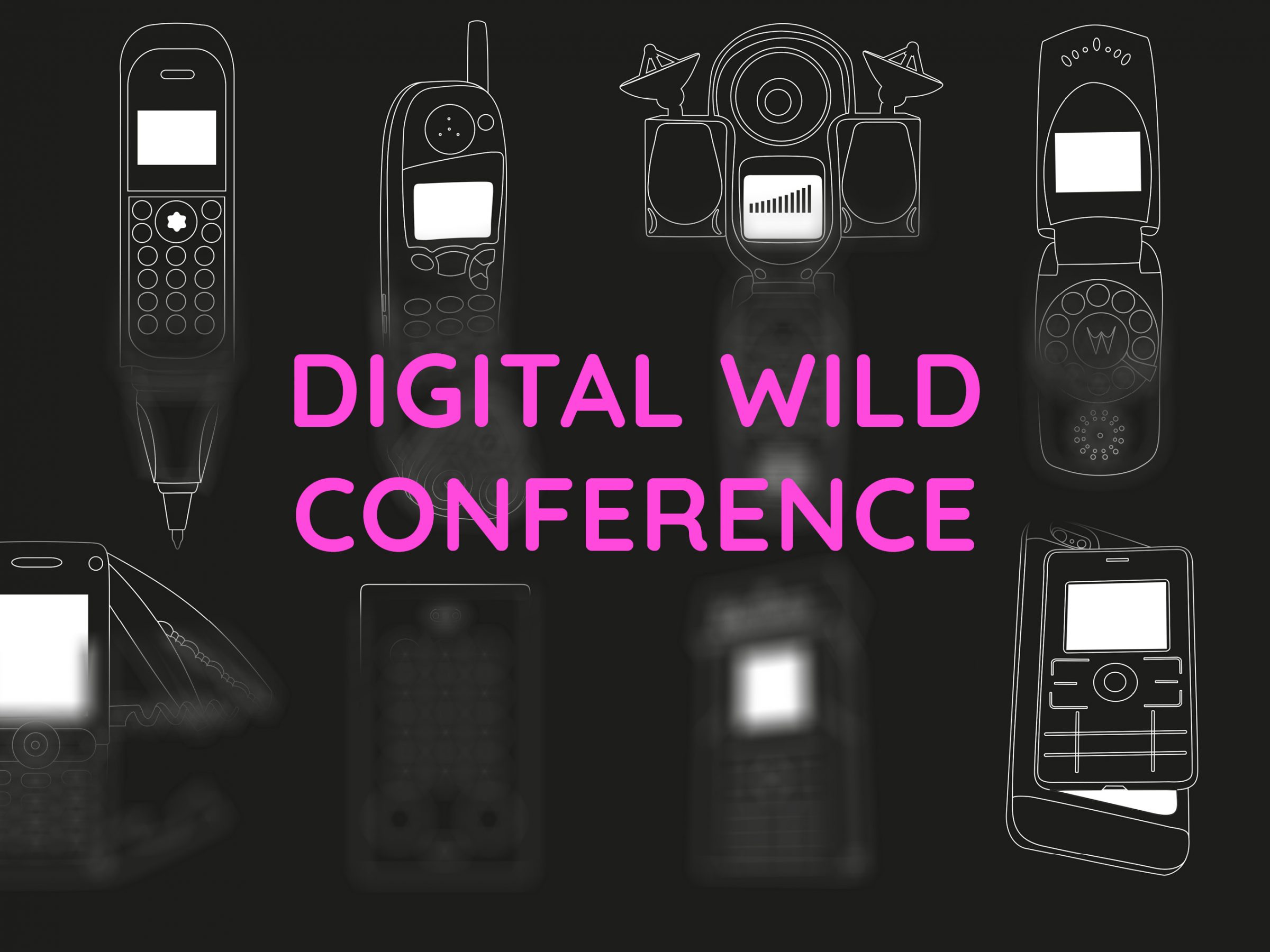
Meta.Morf X – Digital Wild / Dokkhuset, March 6 – 7, 2020 / Curator and moderator: Zane Cerpina
Tickets: 100/50 each day. Tickets available here: Day 1 / Day 2
Introduction
Digital Wild Conference bends and twists our ideas and illusions about the digital. What happens outside of the ordinary, problem-oriented scheme of thinking? Where do things get wild, untamed and kinky? How to twist the purposes of technologies? Or better; get rid of the obvious and question the rational?
Digital Wild wanders into the digital wilderness, with the safety lock off, out-of-control and freely roaming about in -or even out of- the technosphere. We need to look into the dark corners where our digital tools have found their own agendas and purposes. We explore the surprising and unforeseen uses of our digital creations.
Digital Wild speakers investigate the wild from several perspectives and a wide range of creative disciplines. In a world gone totally wired, we must push the reflections and critical discussions about our relationship to the digital. Digital Wild conference does so by debating the digital technology in a playful manner, pushing us to unsee and unlearn our ordinary perceptions of the digital.
What does it mean to be Digitally Wild? What about these examples: What if your parrot falls in love with the virtual voice assistant Alexa? Has technology then gone wrong? Or found its real purpose?
Are you scared of Artificial Intelligence stealing your job in the future? What about AI becoming the artist itself? Or perhaps your partner in the ultimate art-crime that you have been looking for?
Why do all smartphones look the same? They did not always. The sleek, uniform looks of today’s technologies are the result of innumerous, wildly looking iterations. What about rewilding them again?
Is the future fashion DNA? Emerging techniques are about to let us genetically modify and design babies. How will emerging anti-aesthetics give your future kid a rather unexpected look?
And what if the next cryptocurrency came fully analogous and even knitted? How to turn the unreal into real coinage, disrupting the complex concepts of technological black boxes, letting users pocket actual authority over the digital?
Digital Wild Conference gathers a wide selection of experts to take us on a tour between our wildest digital dreams and darkest technological nightmares.
– Zane Cerpina
- Espen Gangvik / Director @ TEKS – Trondheim Electronic Arts Centre & Meta.Morf
- Zane Cerpina / Curator & producer @ TEKS – Trondheim Electronic Arts Centre & Meta.Morf
- Photo: Juliane Schütz
- Digital Wild Conference
- Daniel Rourke
- Daniel Rourke
- Daniel Rourke
- Daniel Rourke
- Daniel Rourke
- DISNOVATION.ORG
- DISNOVATION.ORG
- DISNOVATION.ORG
- DISNOVATION.ORG
- DISNOVATION.ORG
- Tonje Hessen Schei
- Tonje Hessen Schei
- Tonje Hessen Schei
- Tonje Hessen Schei
- Jasmina Tesanovic
- Jasmina Tesanovic
- Jasmina Tesanovic
- Jasmina Tesanovic
- Jasmina Tesanovic
- Jurij V. Krpan
- Jurij V. Krpan
- Jurij V. Krpan
- Jurij V. Krpan
- Jurij V. Krpan
- Øyvind Brandtsegg and Axel Tidemann
- Øyvind Brandtsegg and Axel Tidemann
- Øyvind Brandtsegg and Axel Tidemann
- Øyvind Brandtsegg and Axel Tidemann
- Øyvind Brandtsegg and Axel Tidemann
- Digital Wild Conference
- Digital Wild Conference
- Digital Wild Conference

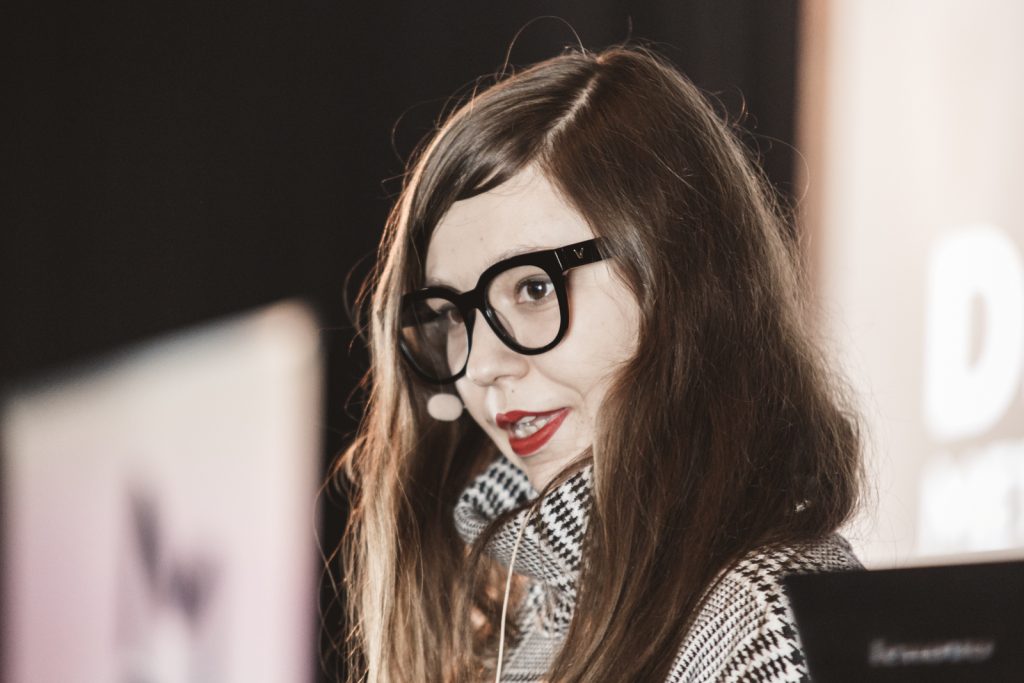
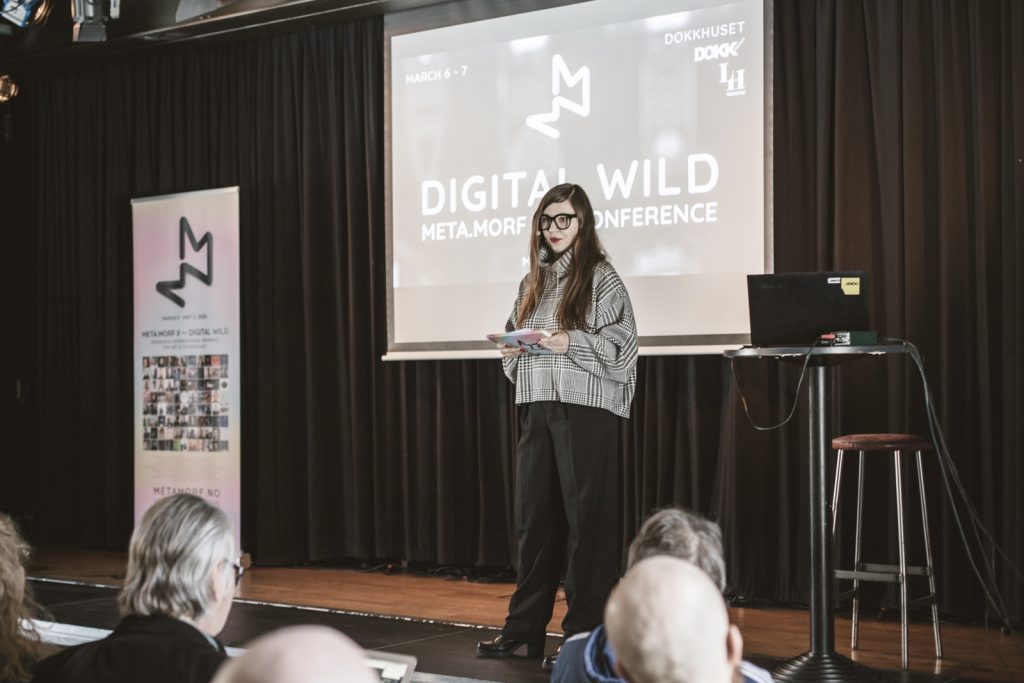
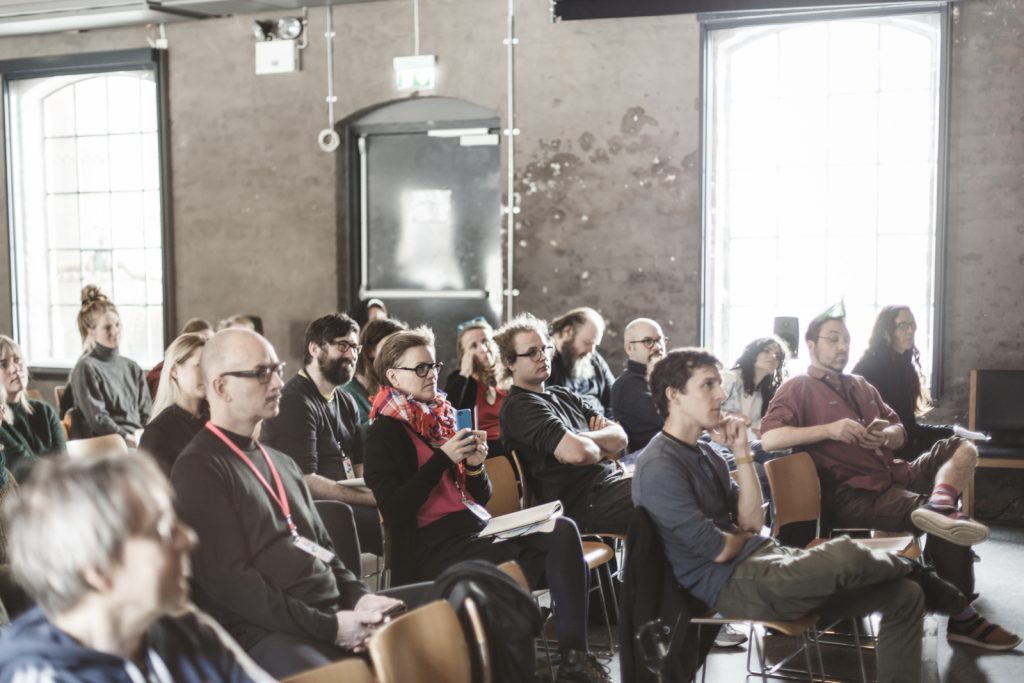

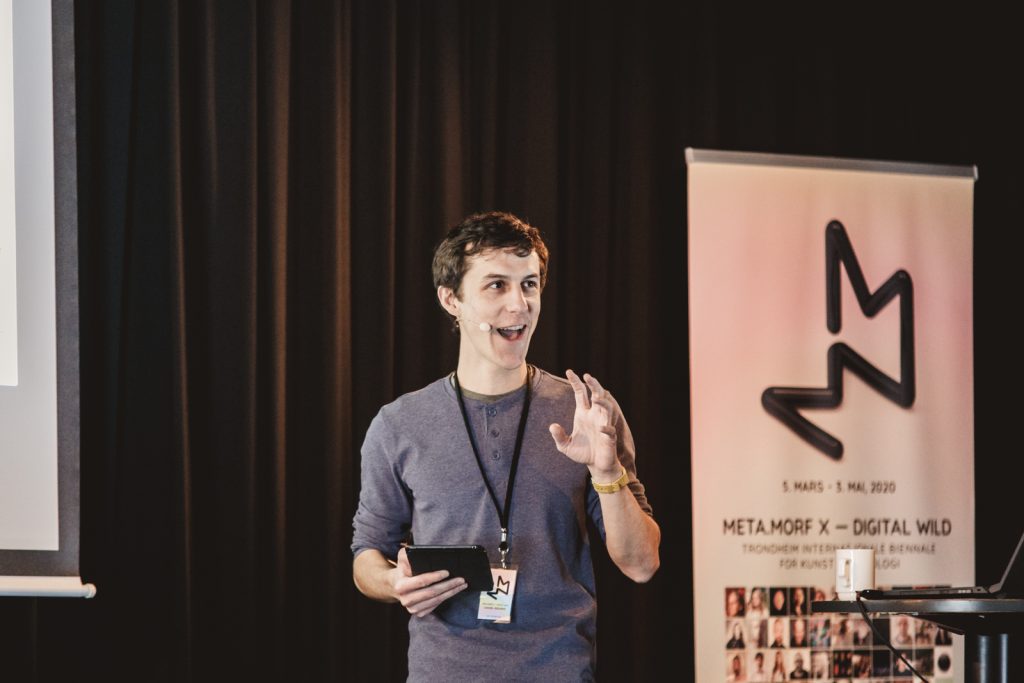
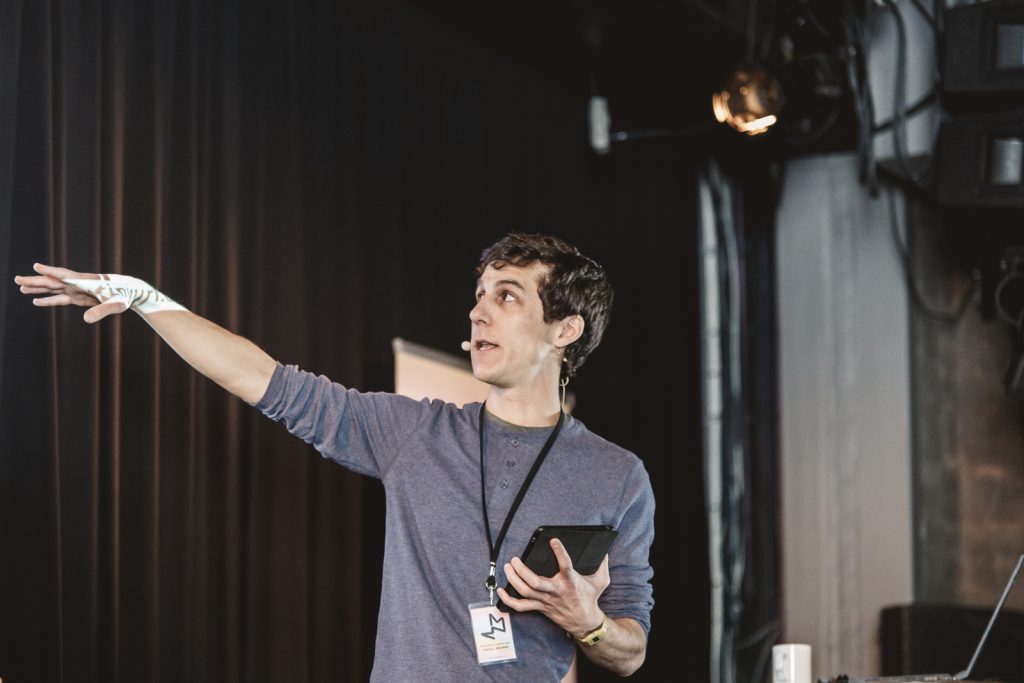
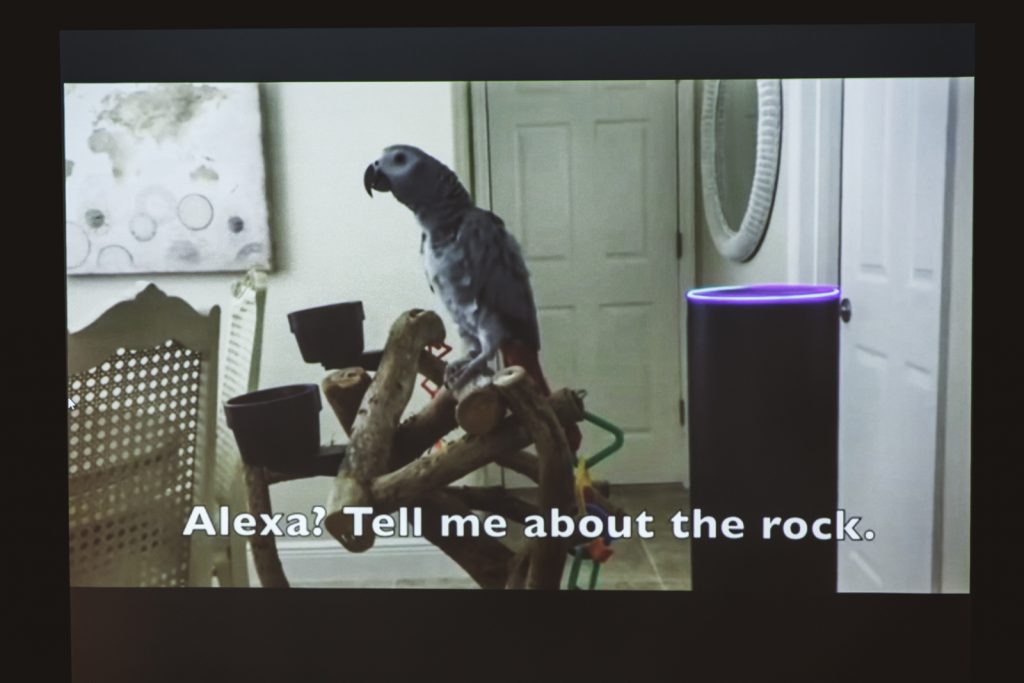
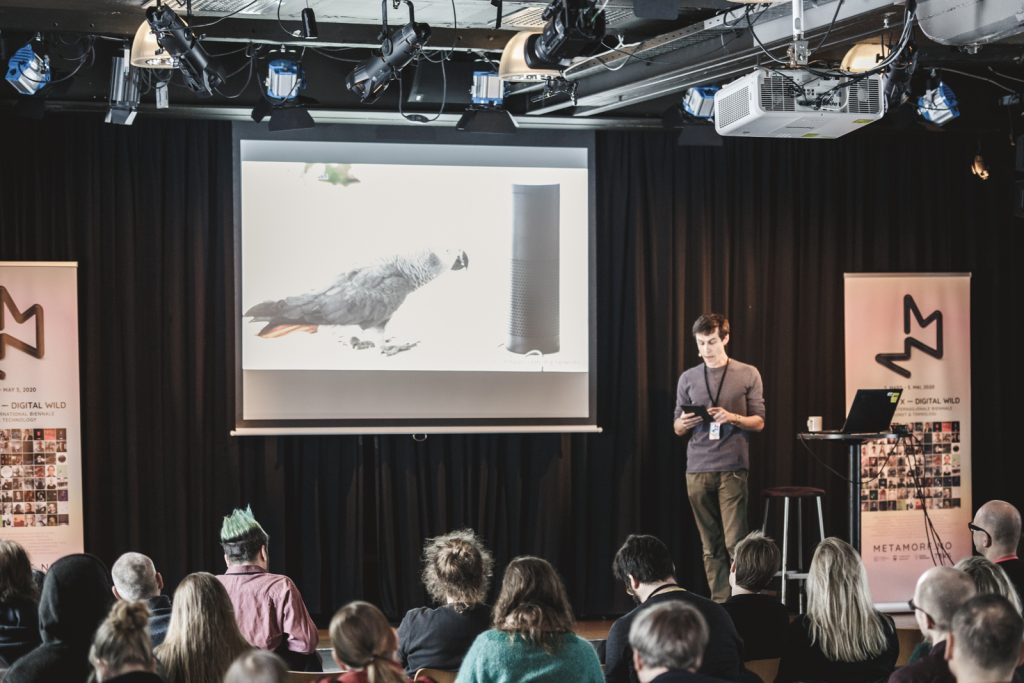

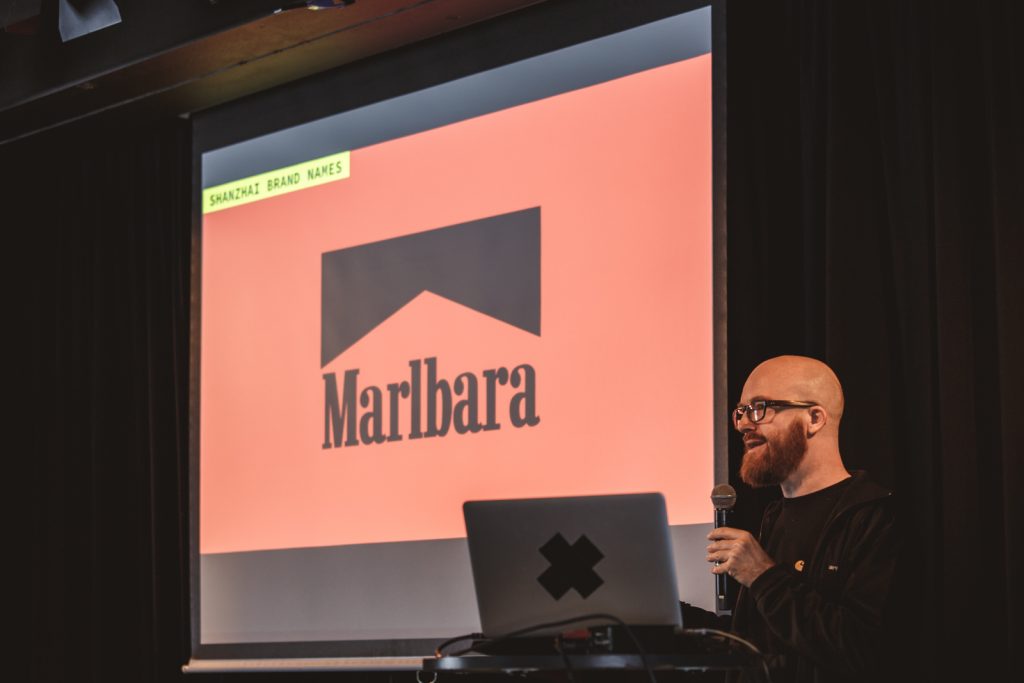
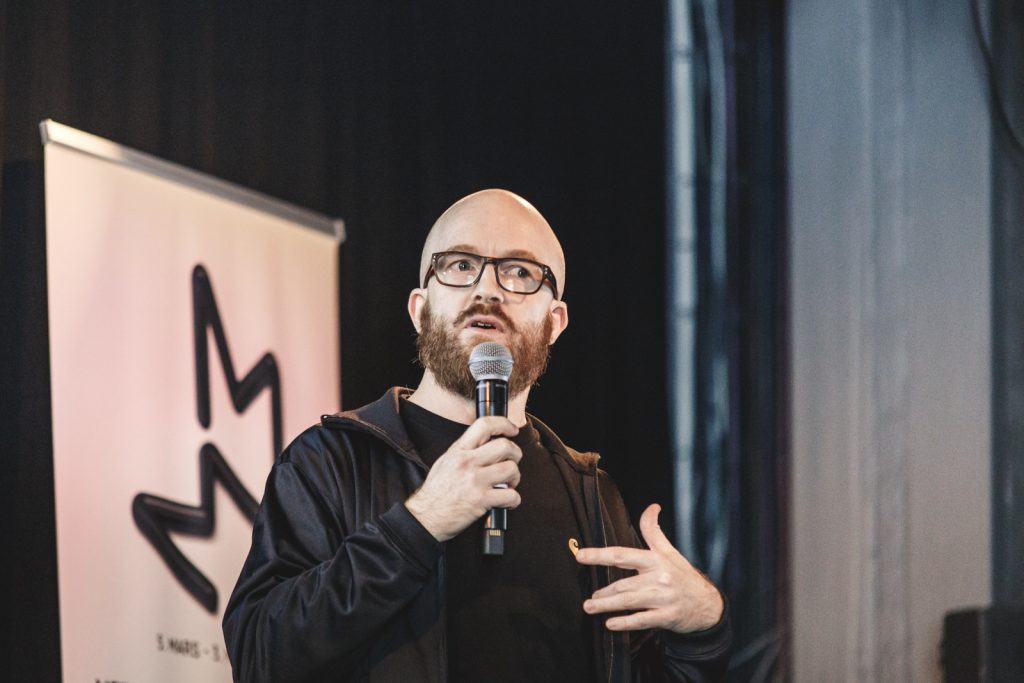
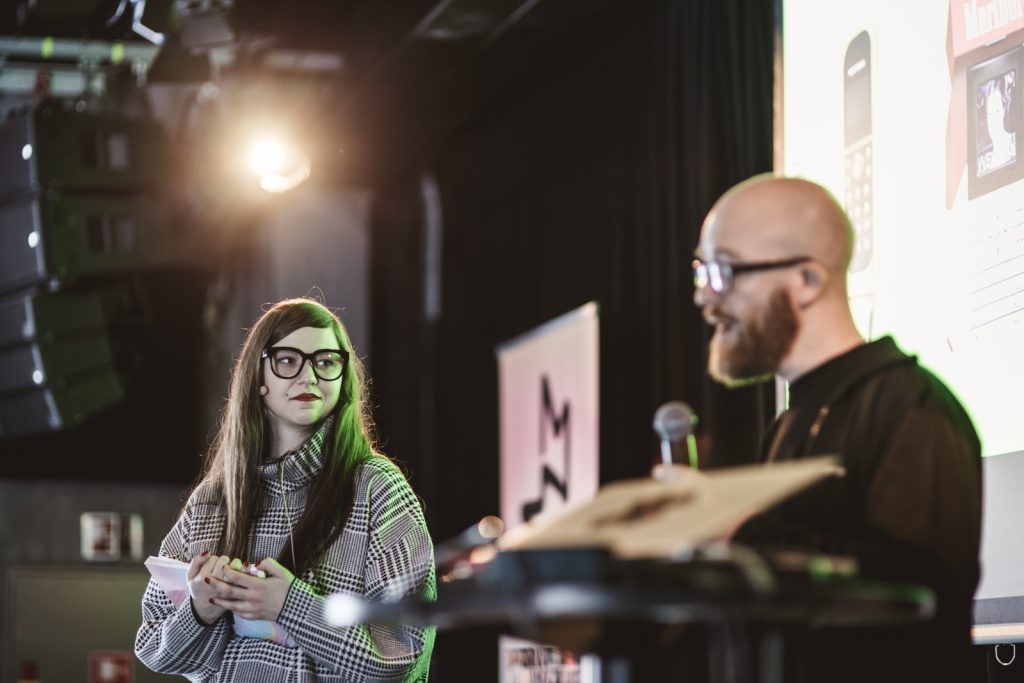
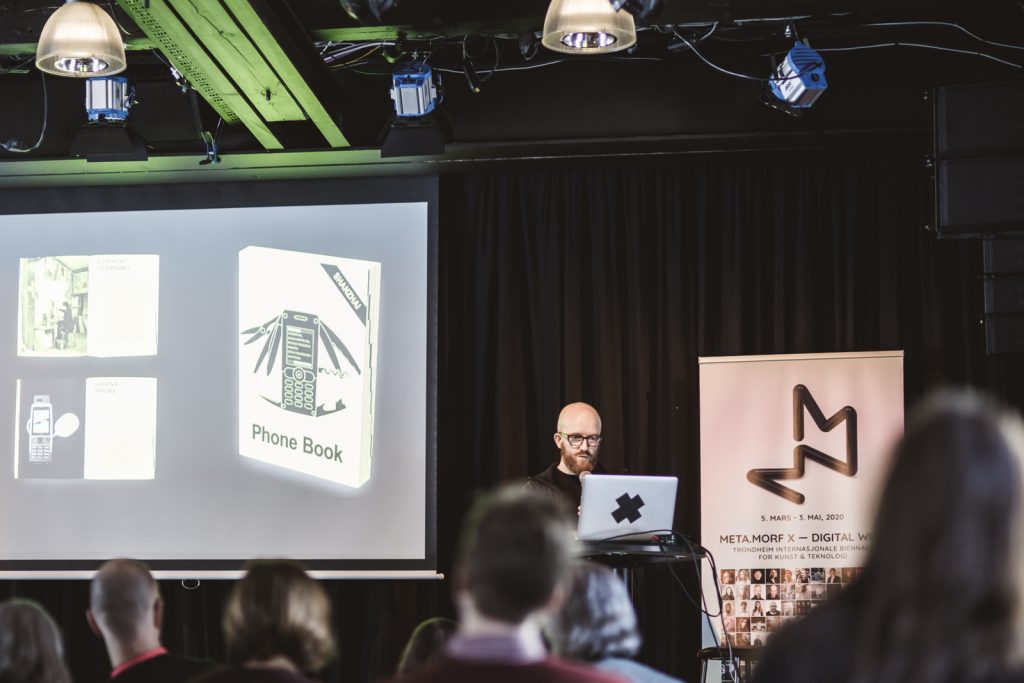


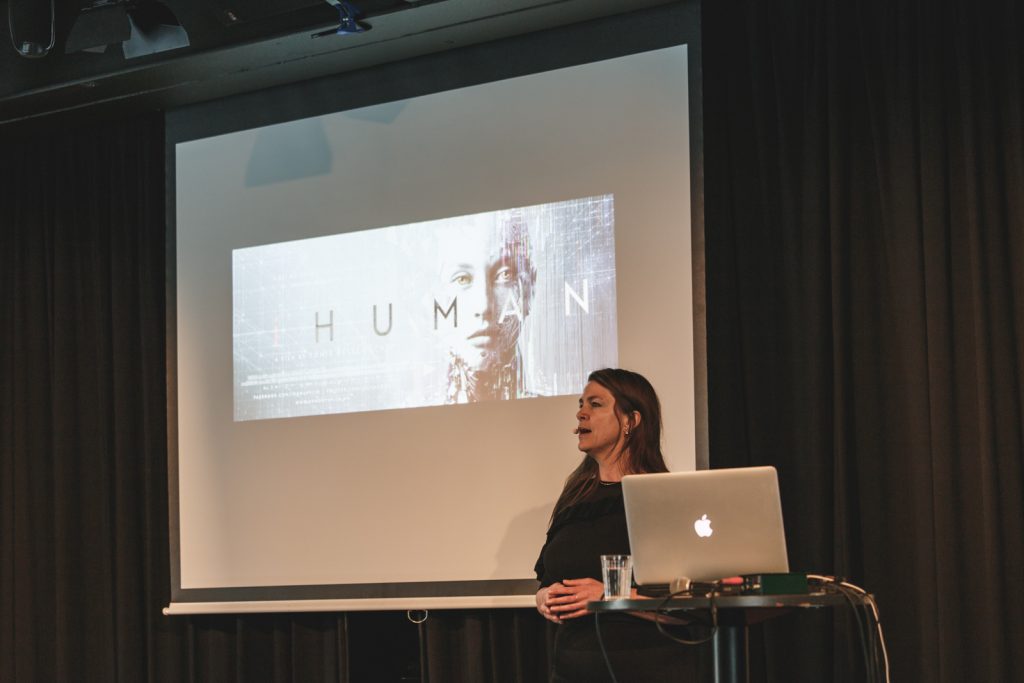

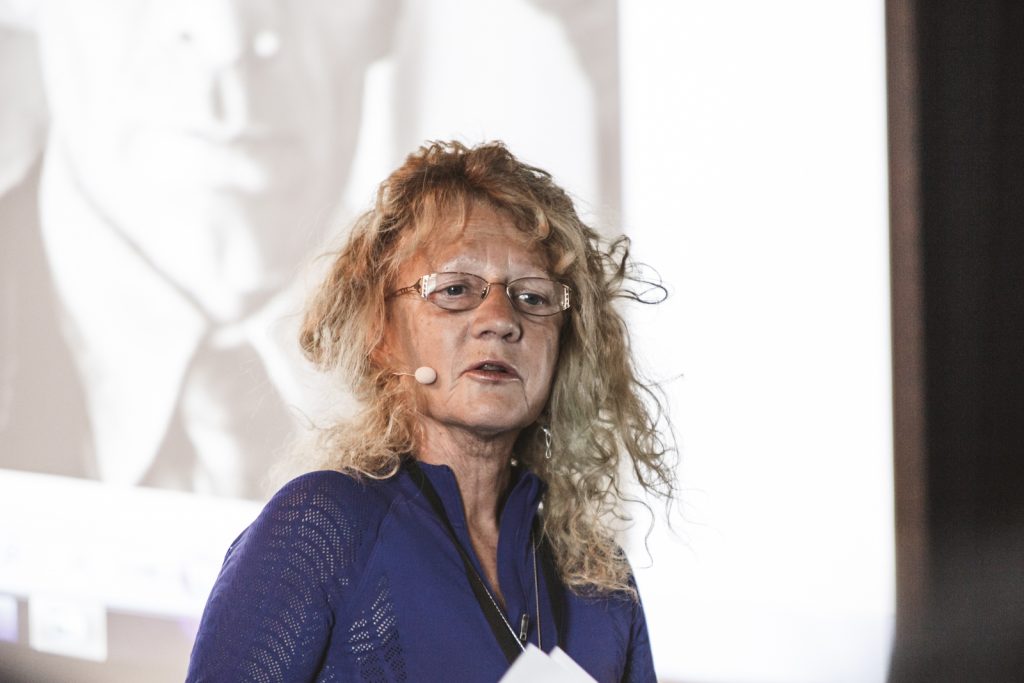

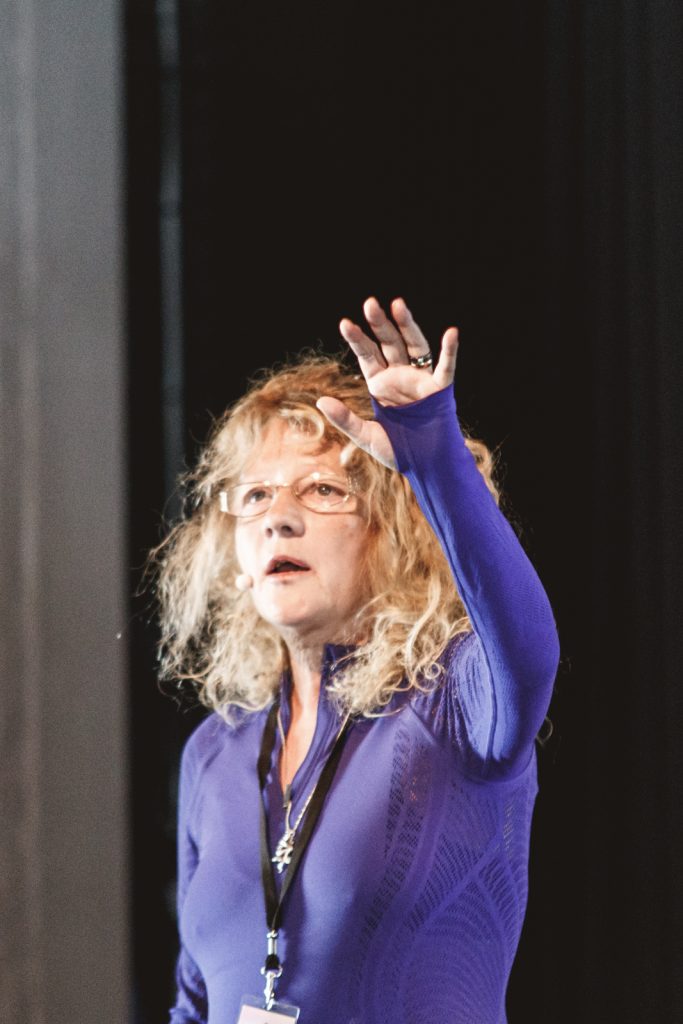
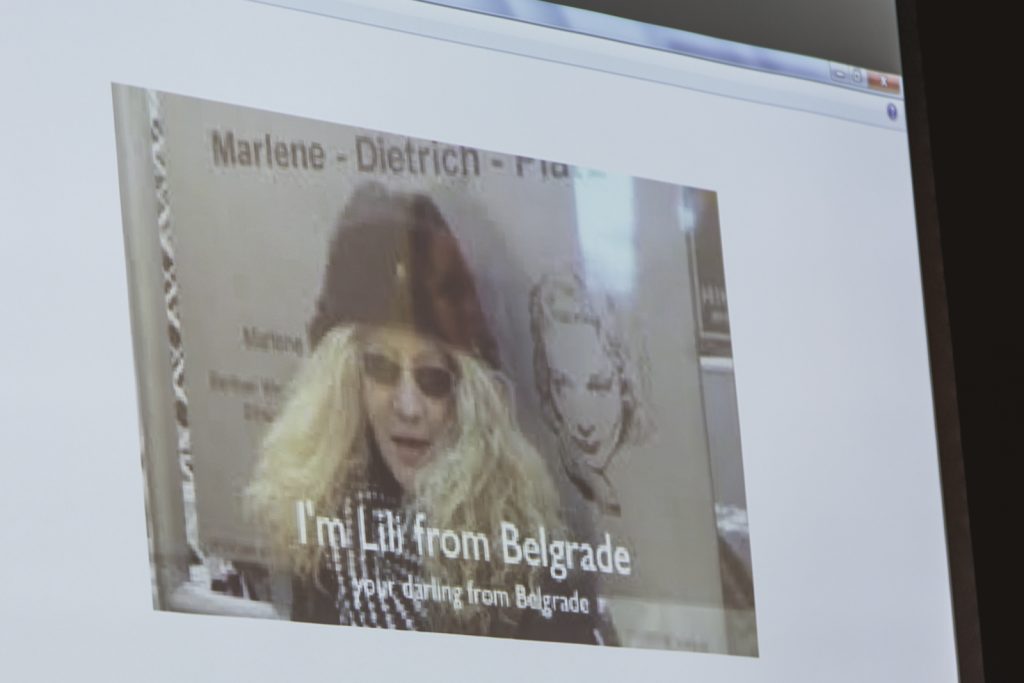
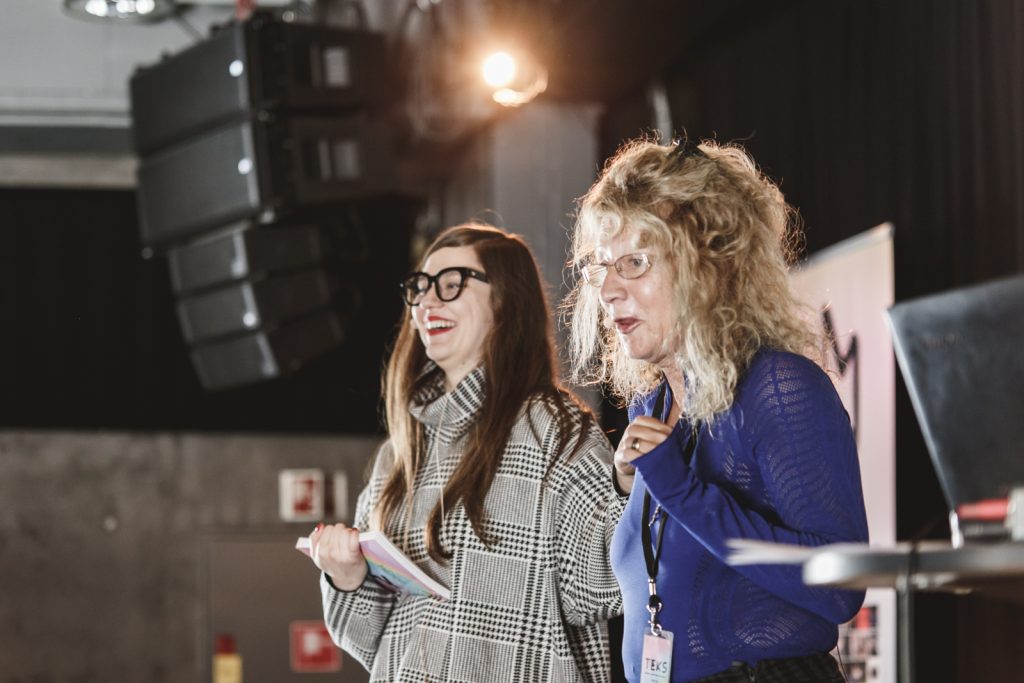
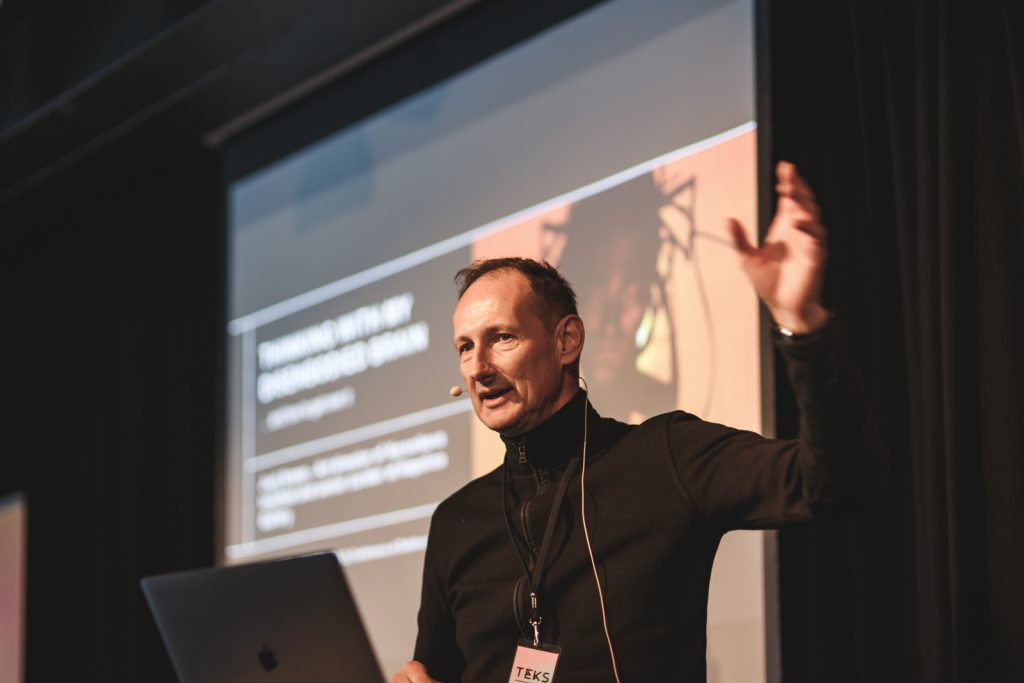
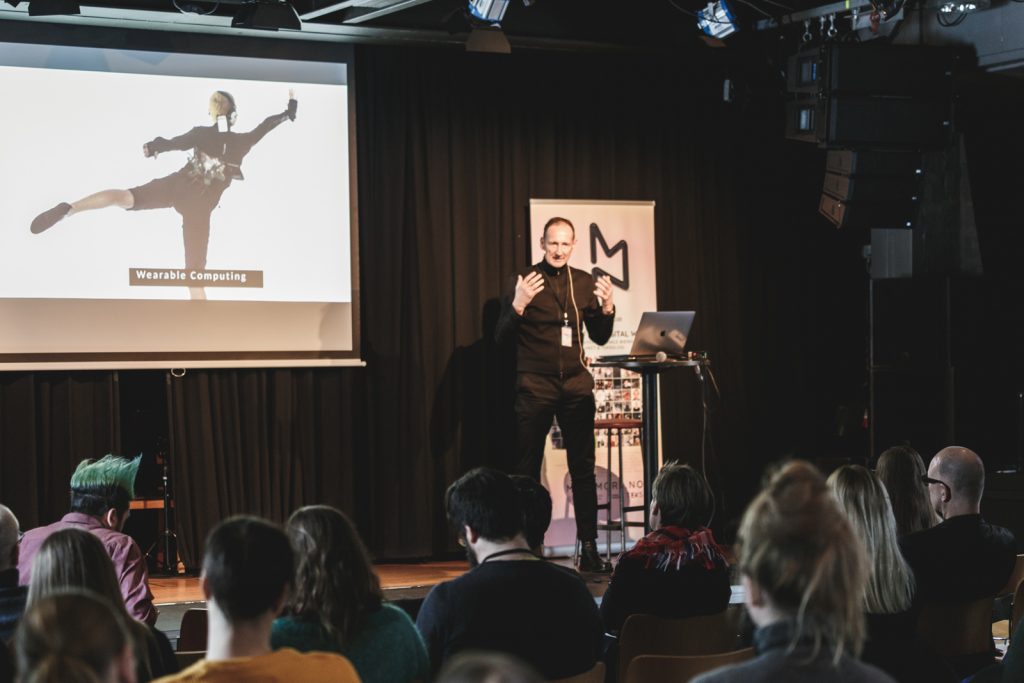

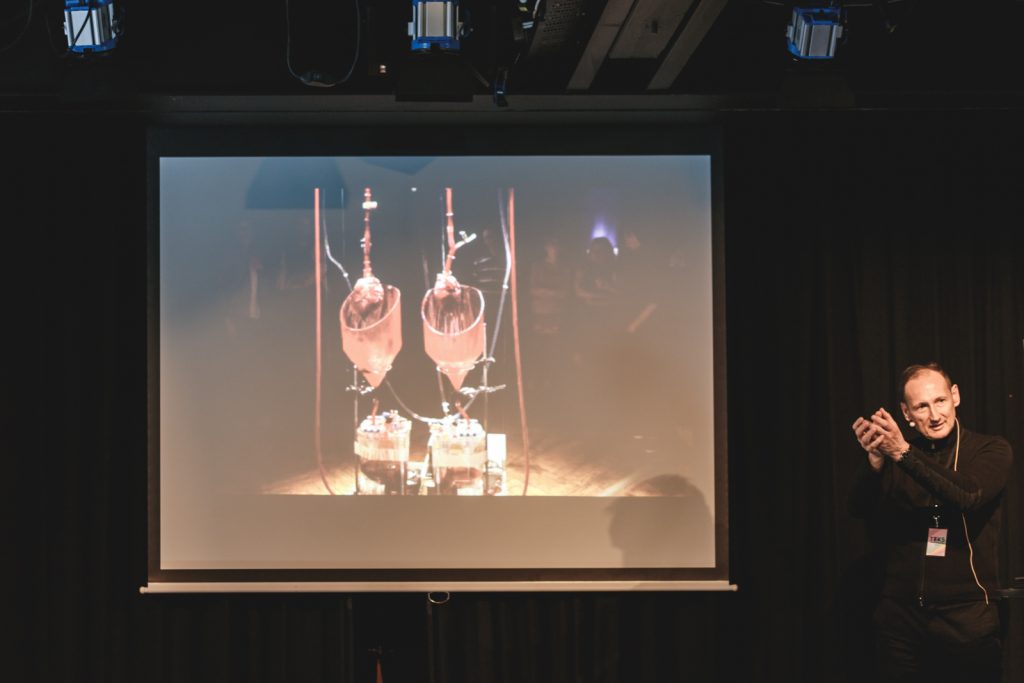
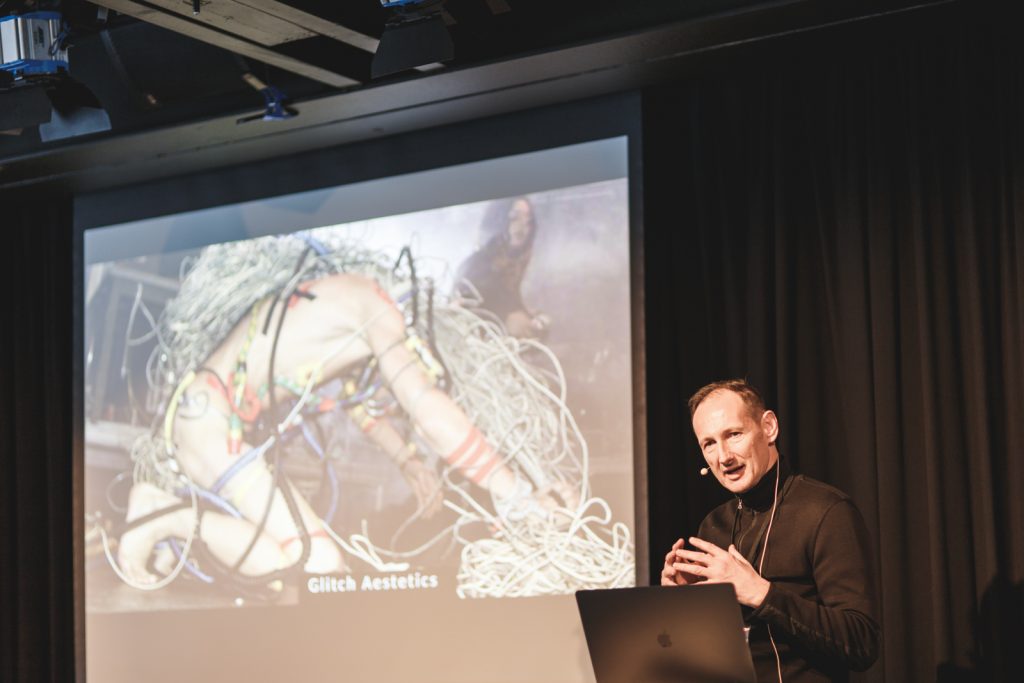
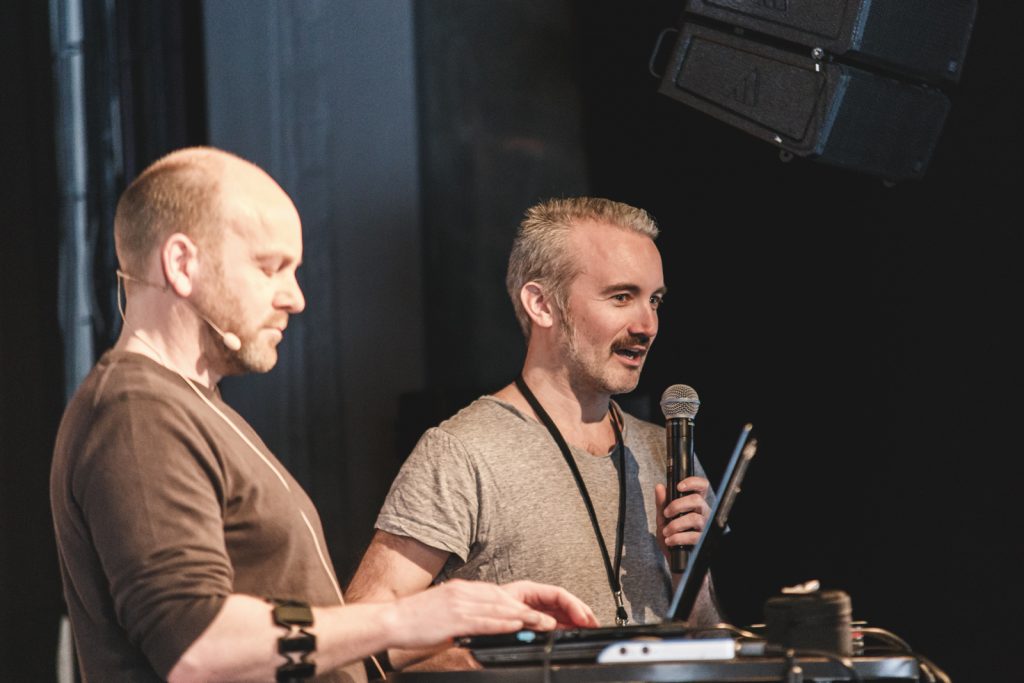

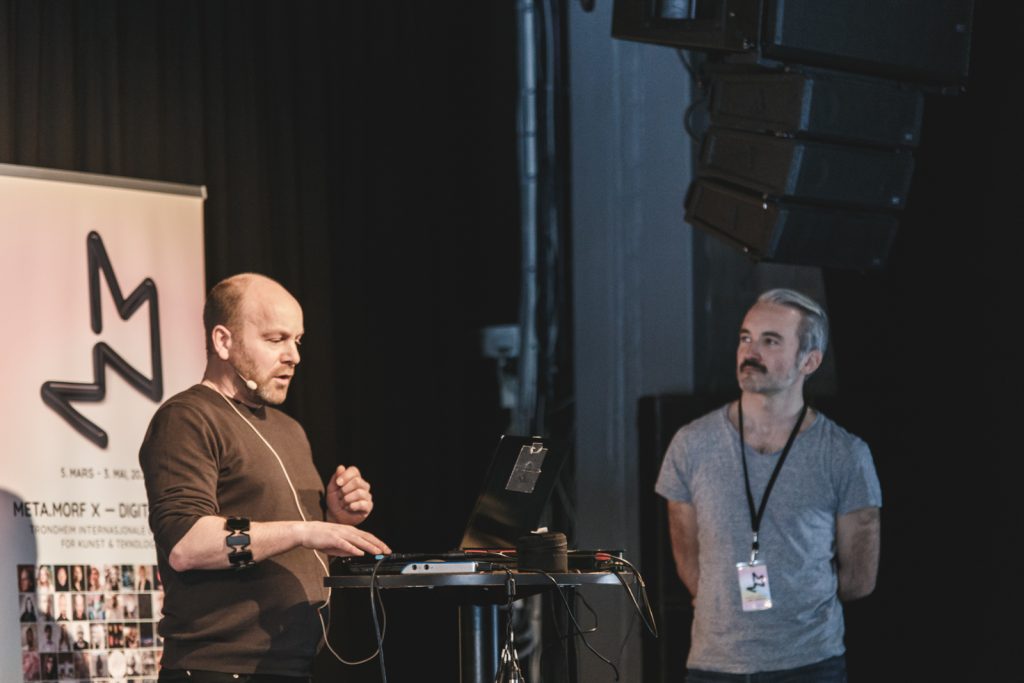

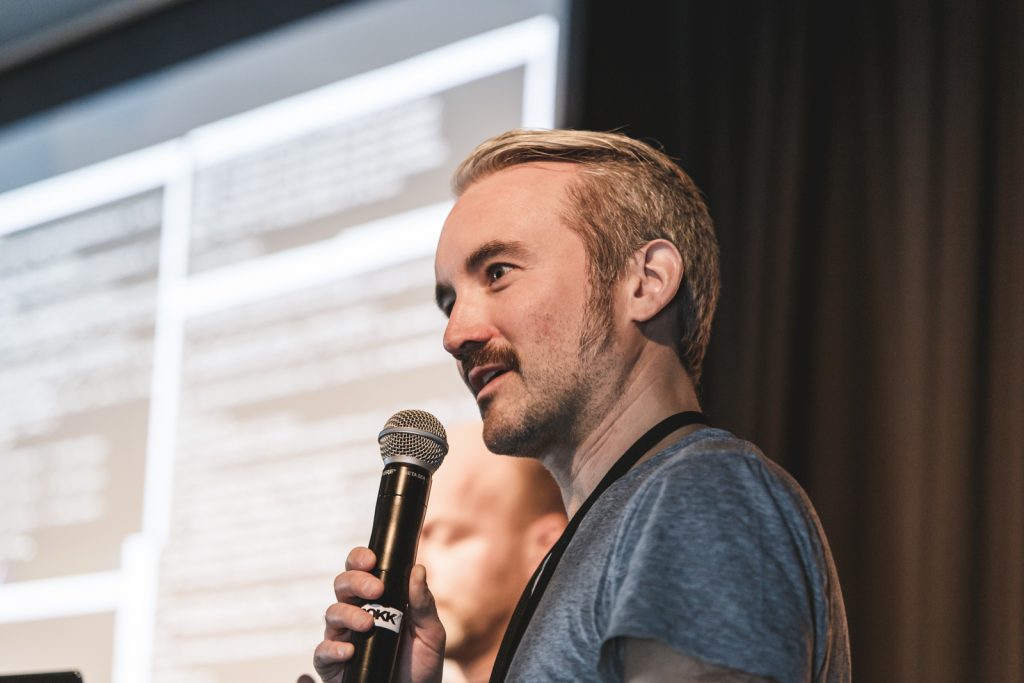
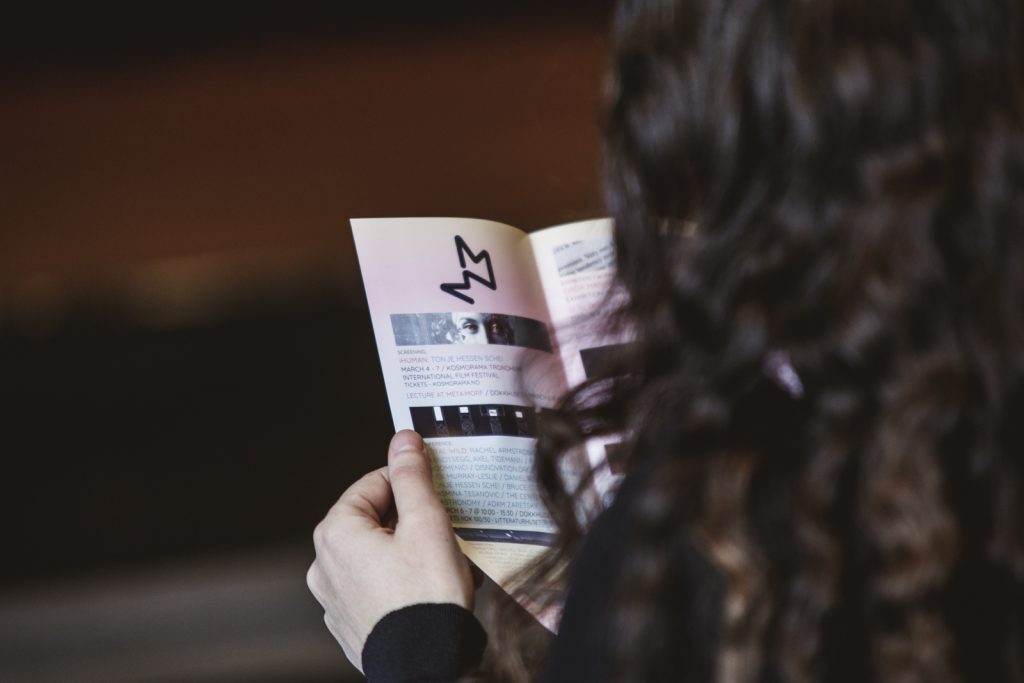
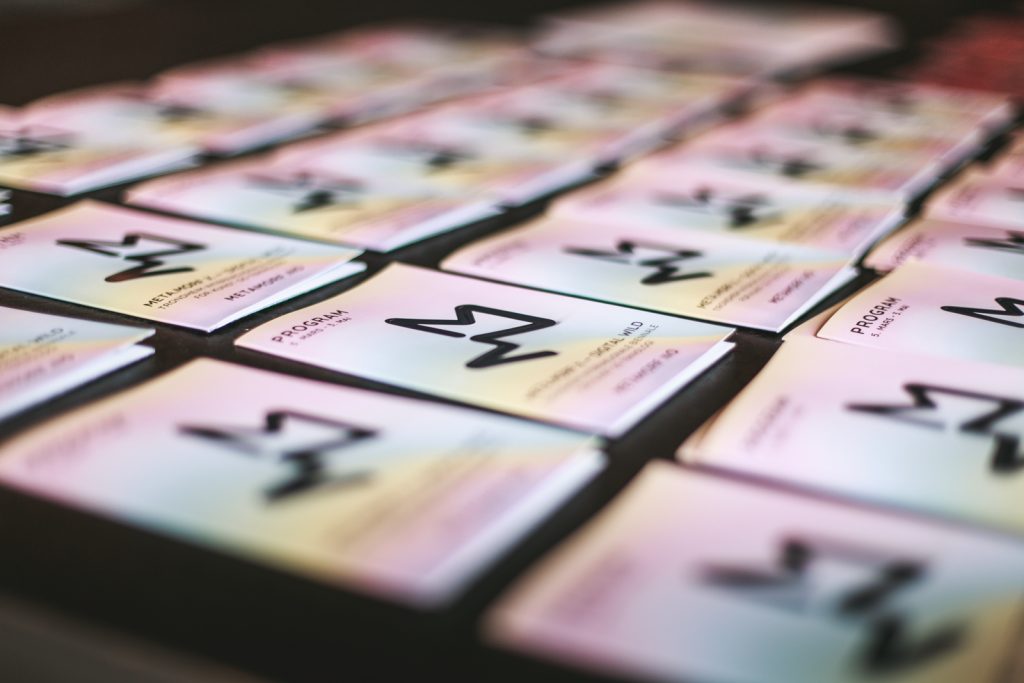
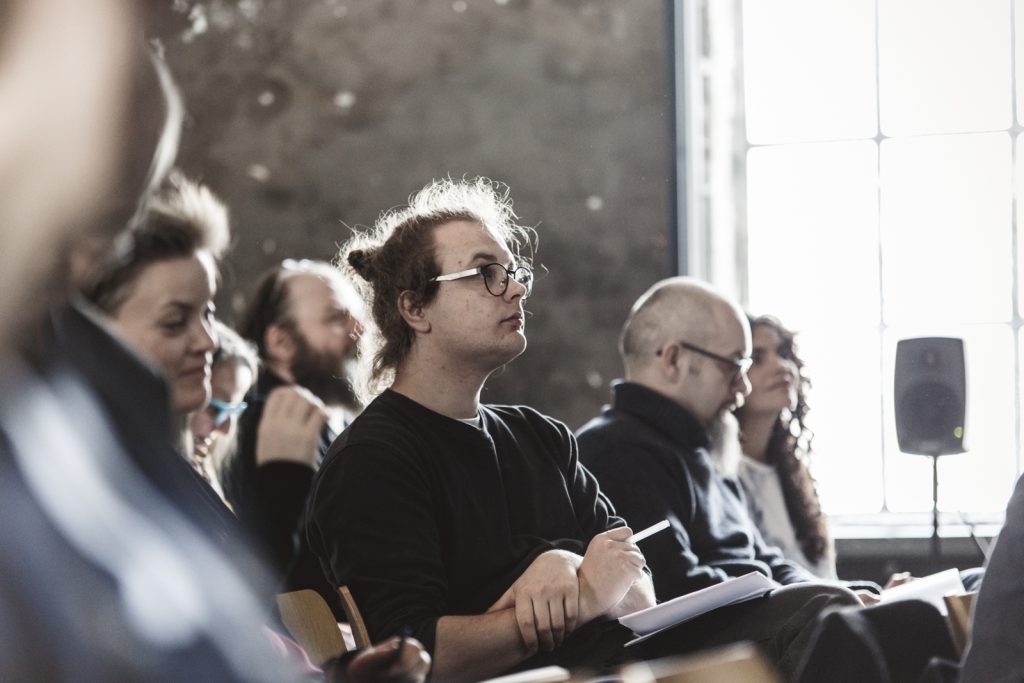




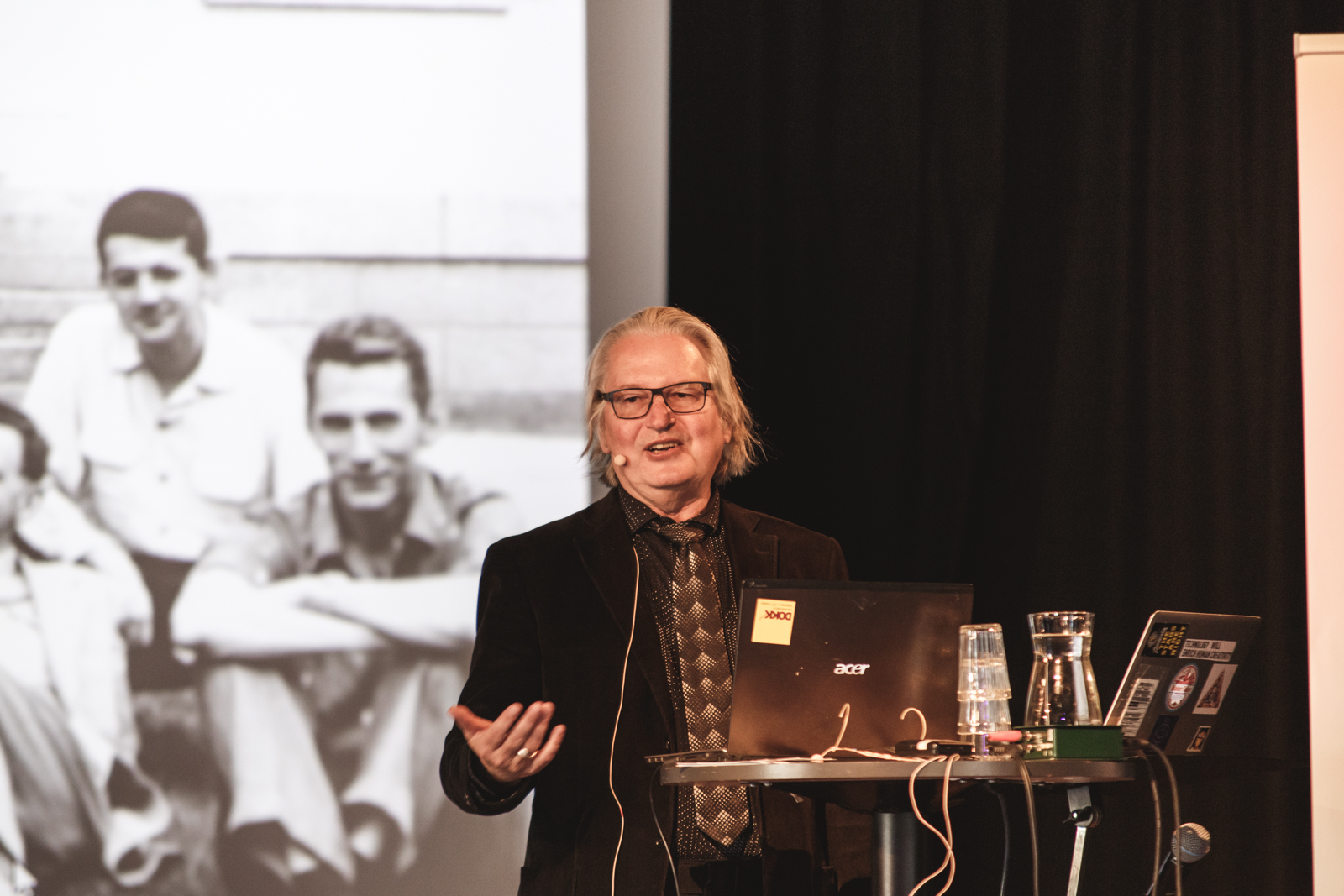





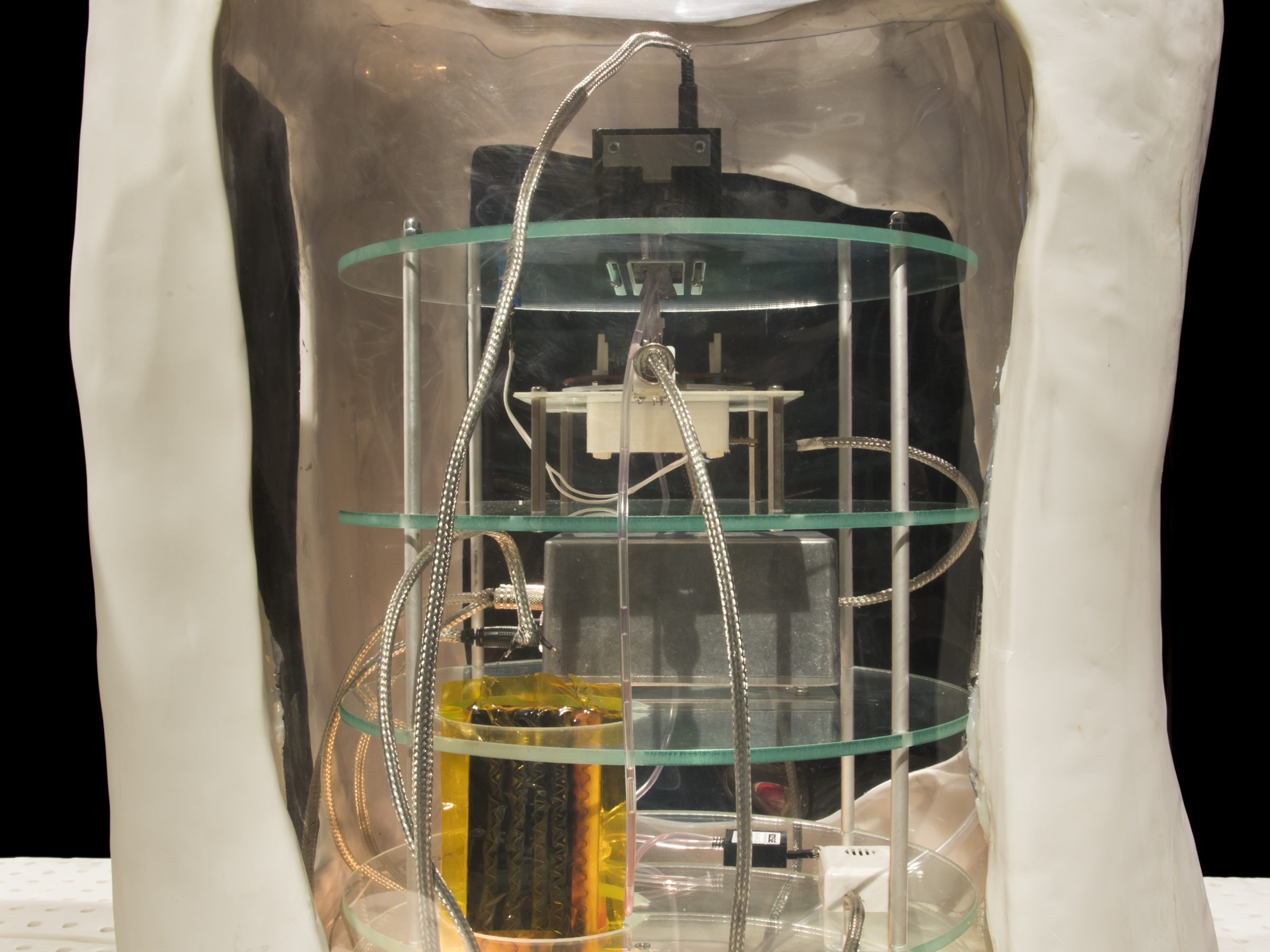
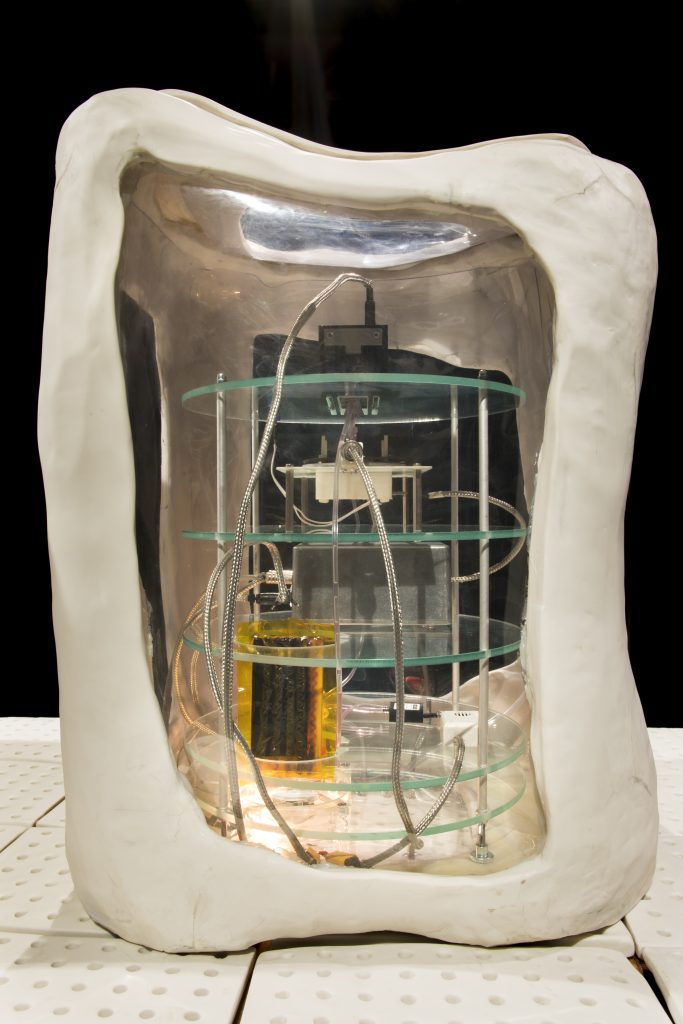
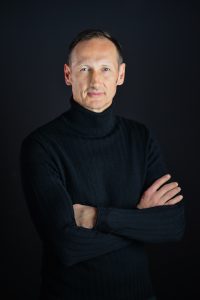 Jurij V. Krpan
Jurij V. Krpan





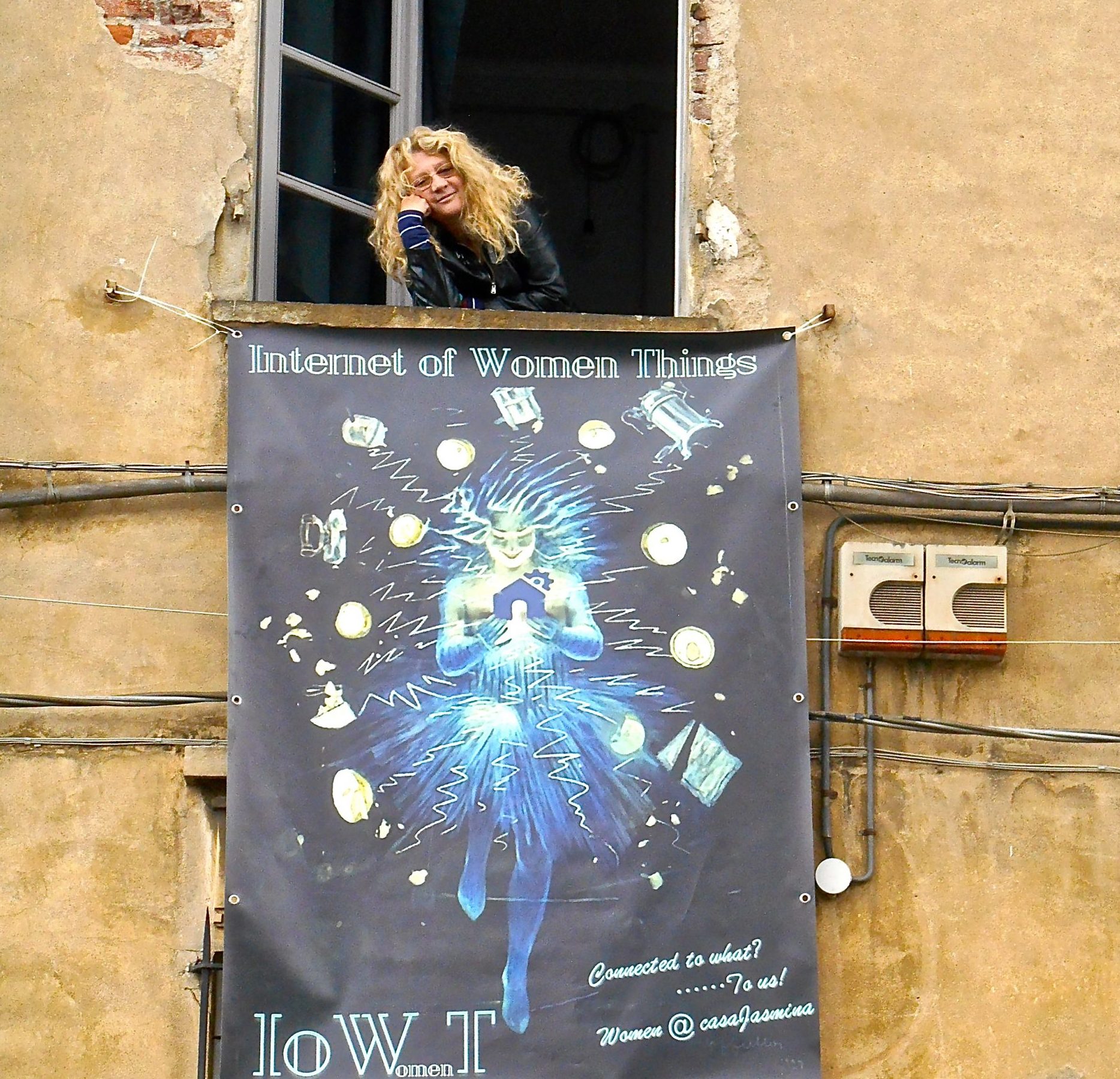
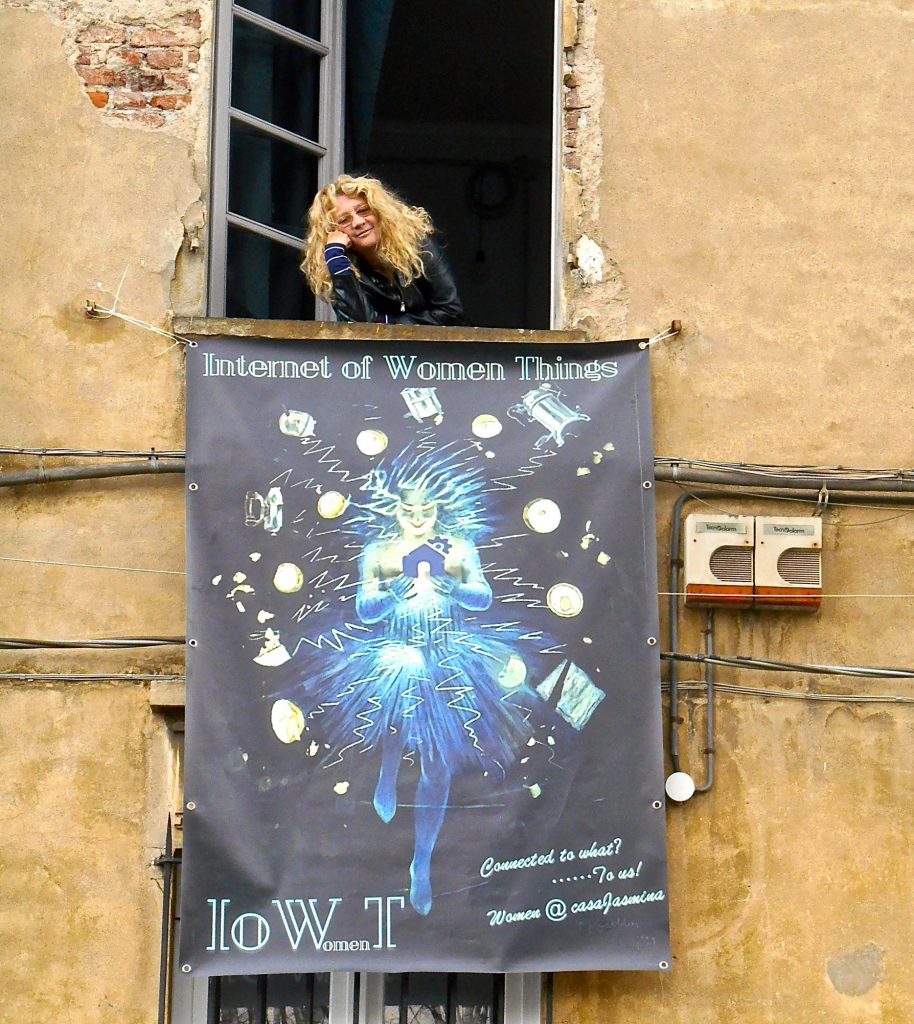
 Jasmina Tesanovic
Jasmina Tesanovic





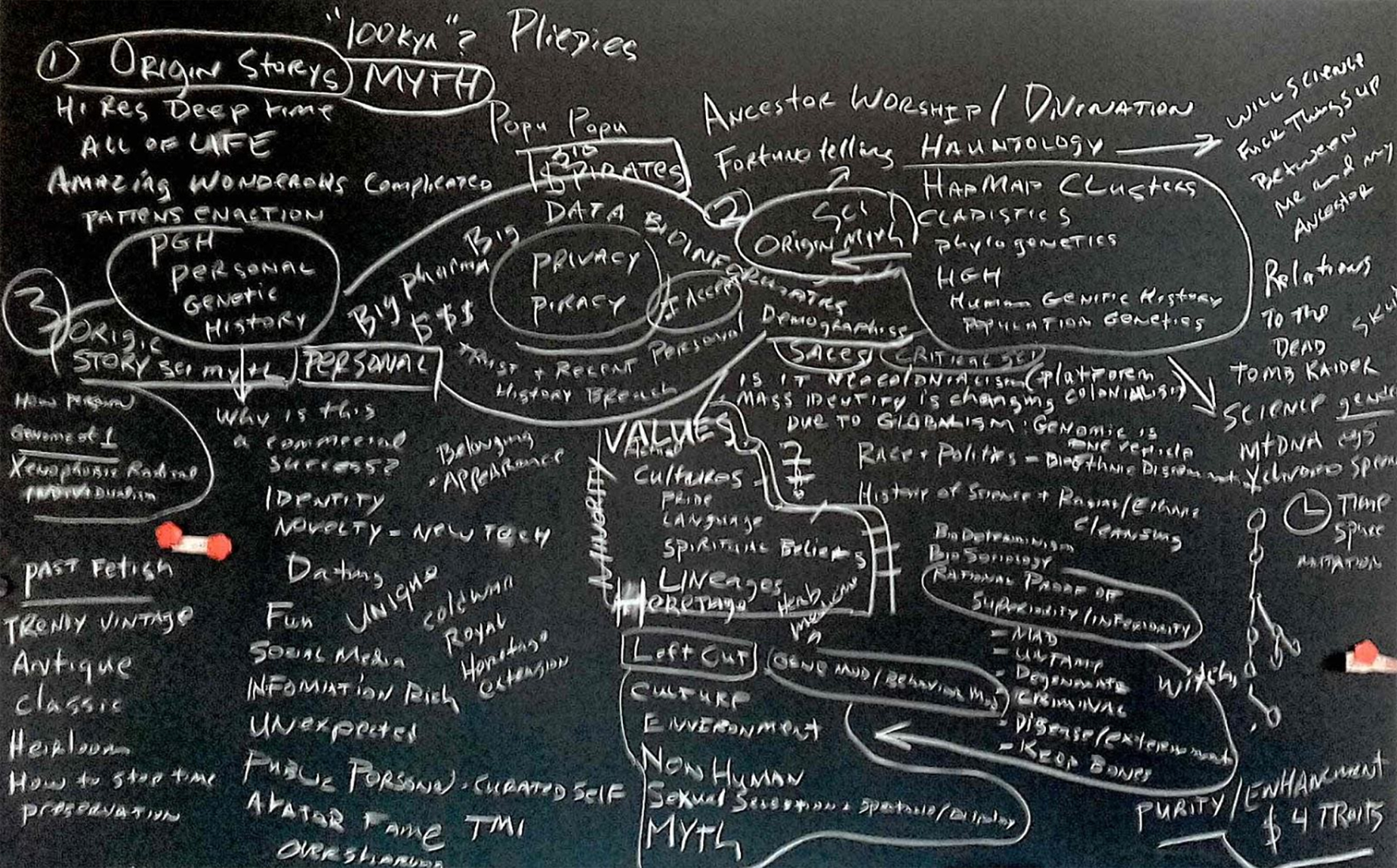
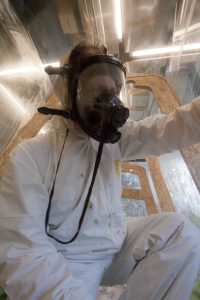






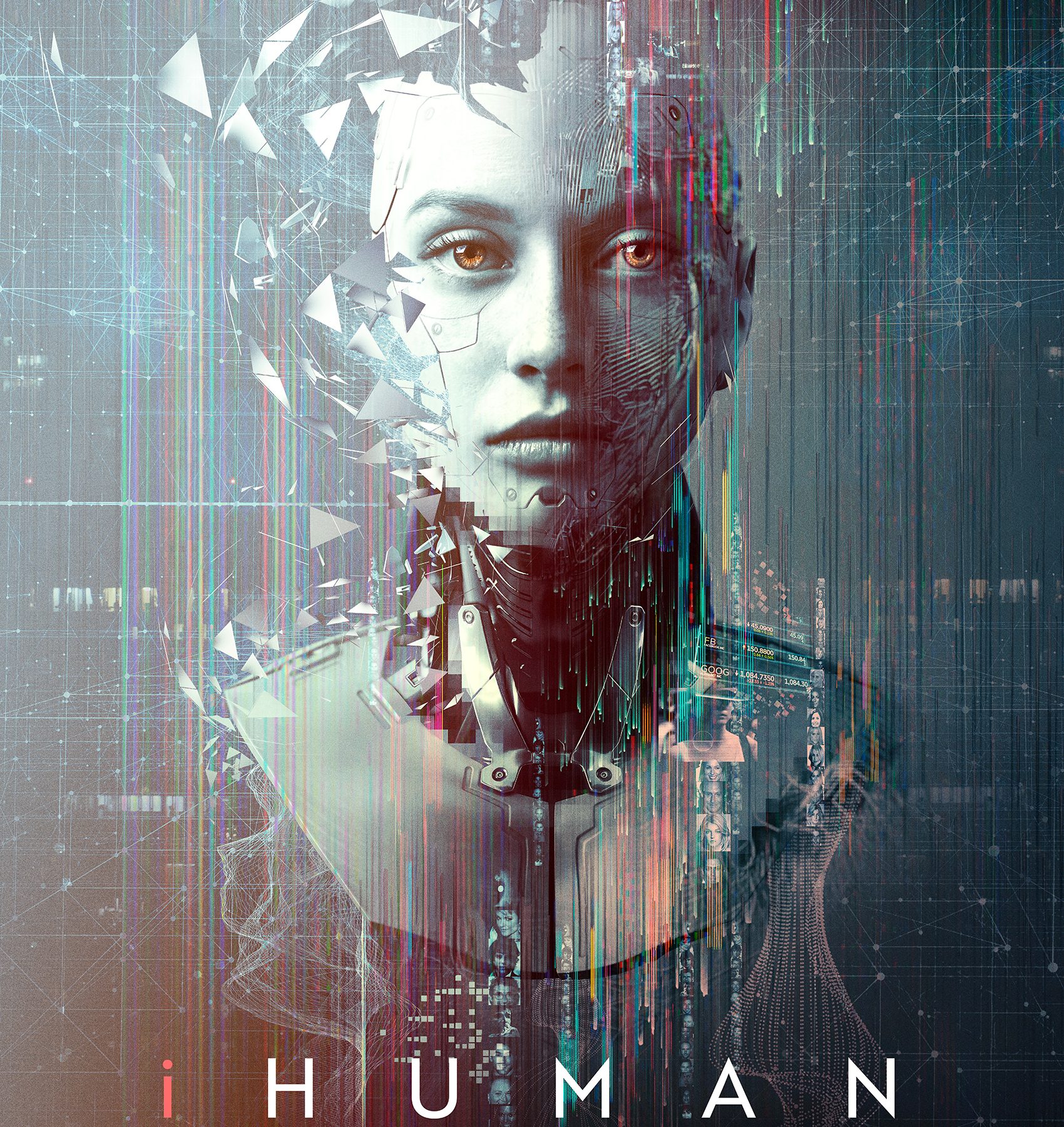
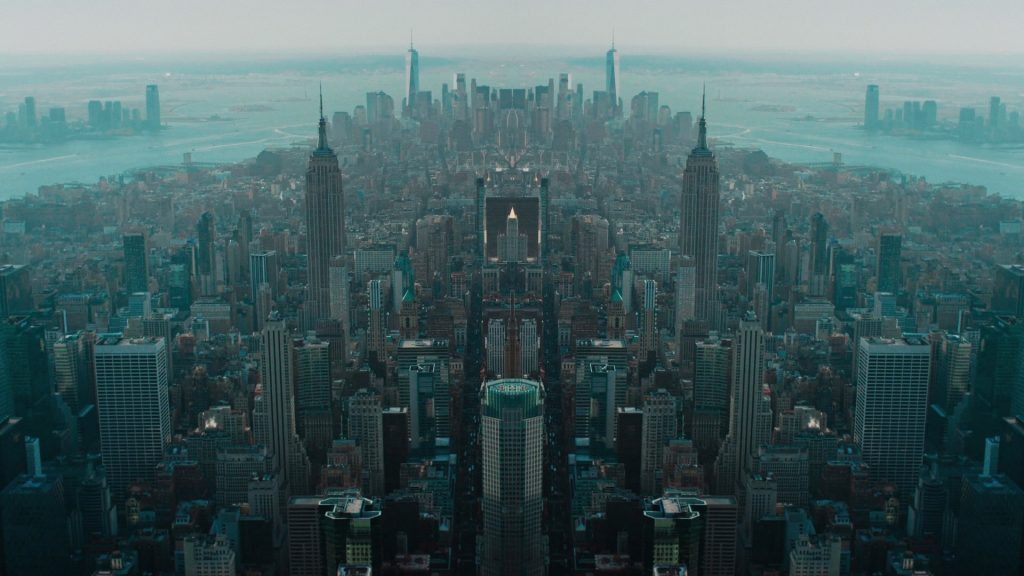
 Tonje Hessen Schei
Tonje Hessen Schei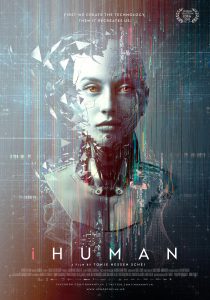 Screening at
Screening at 




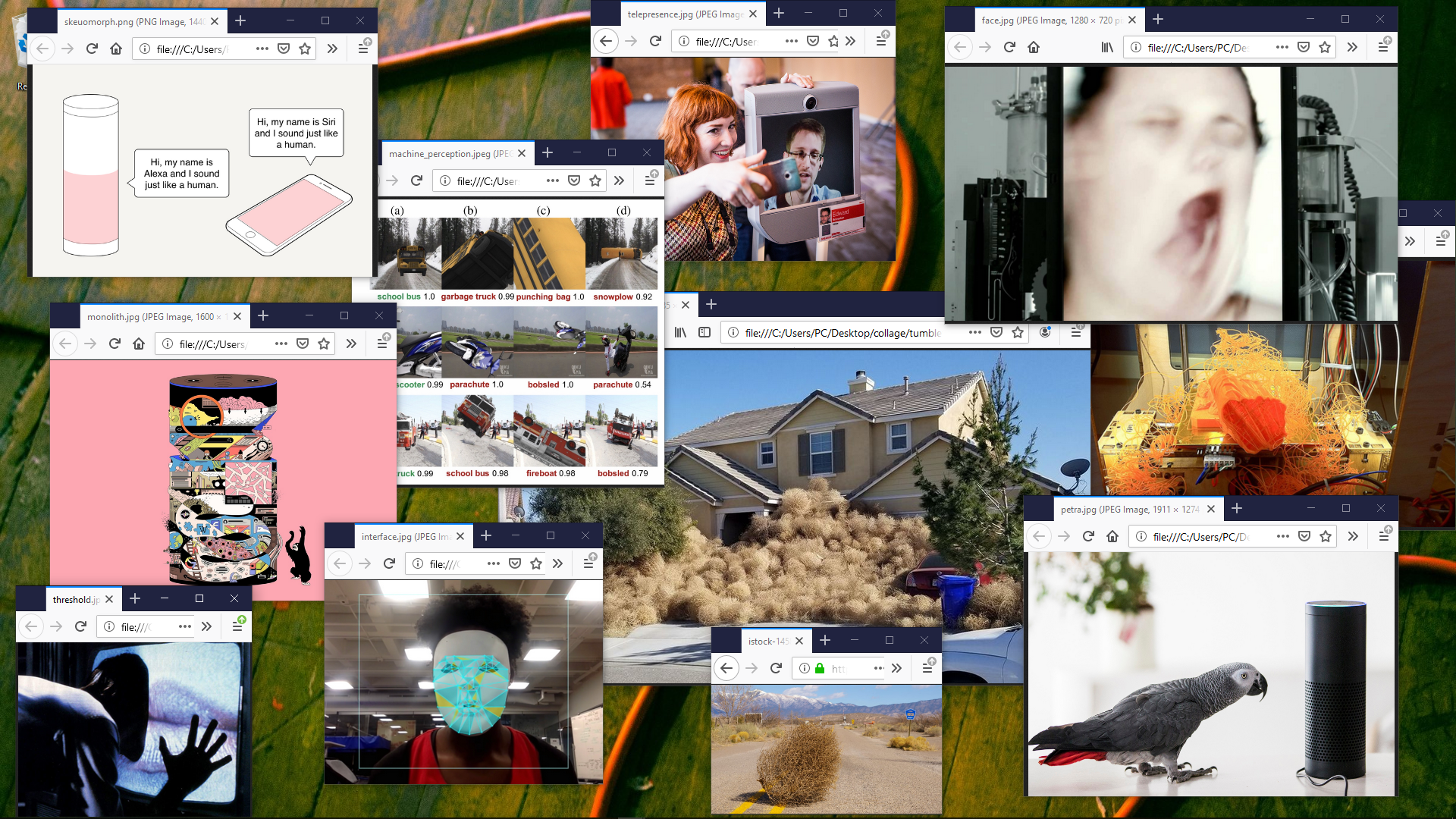
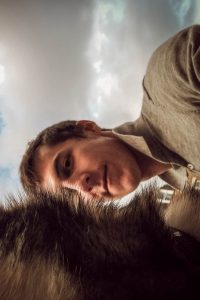






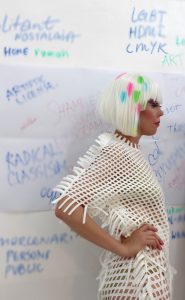






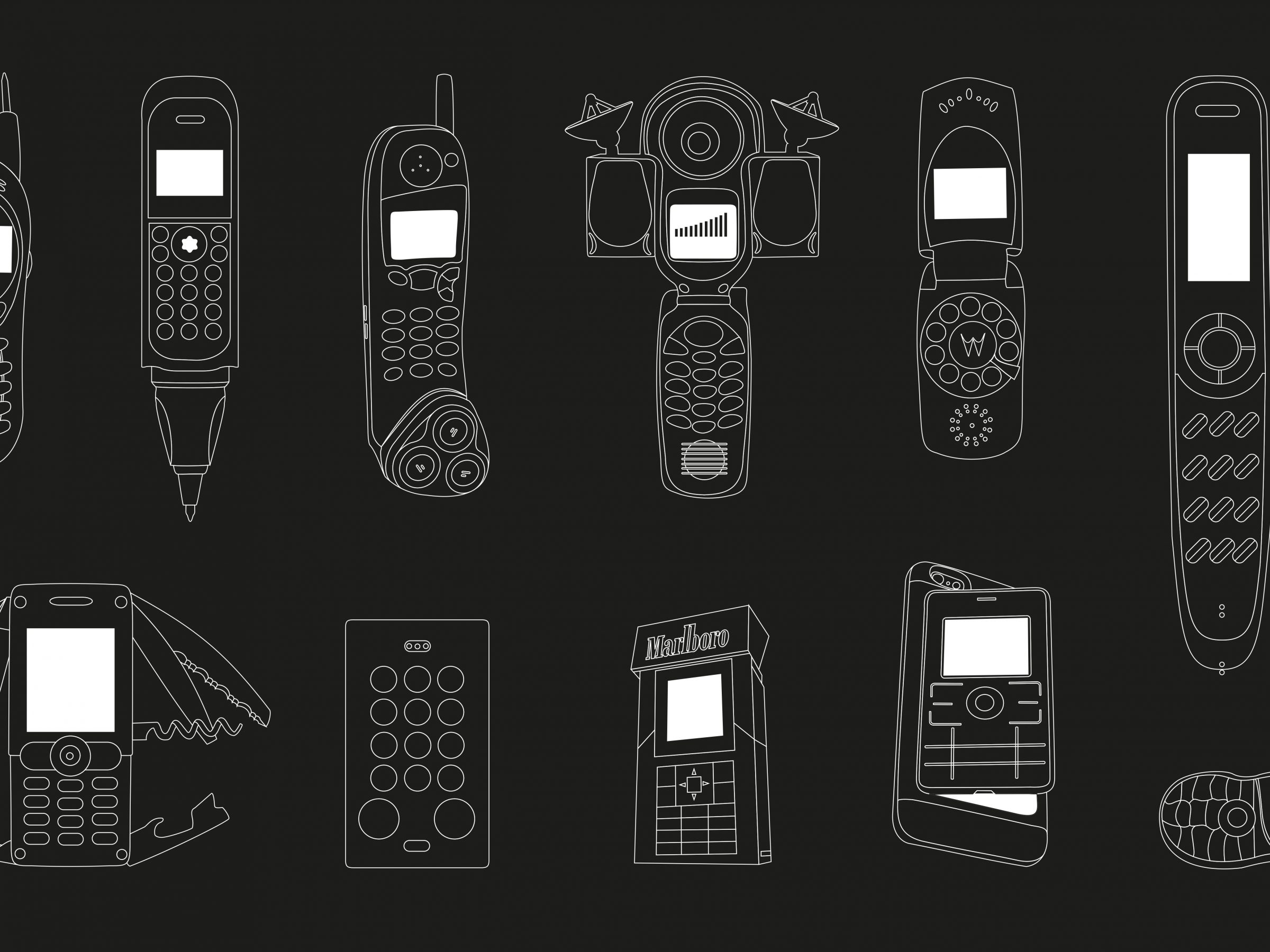
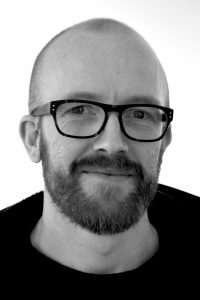


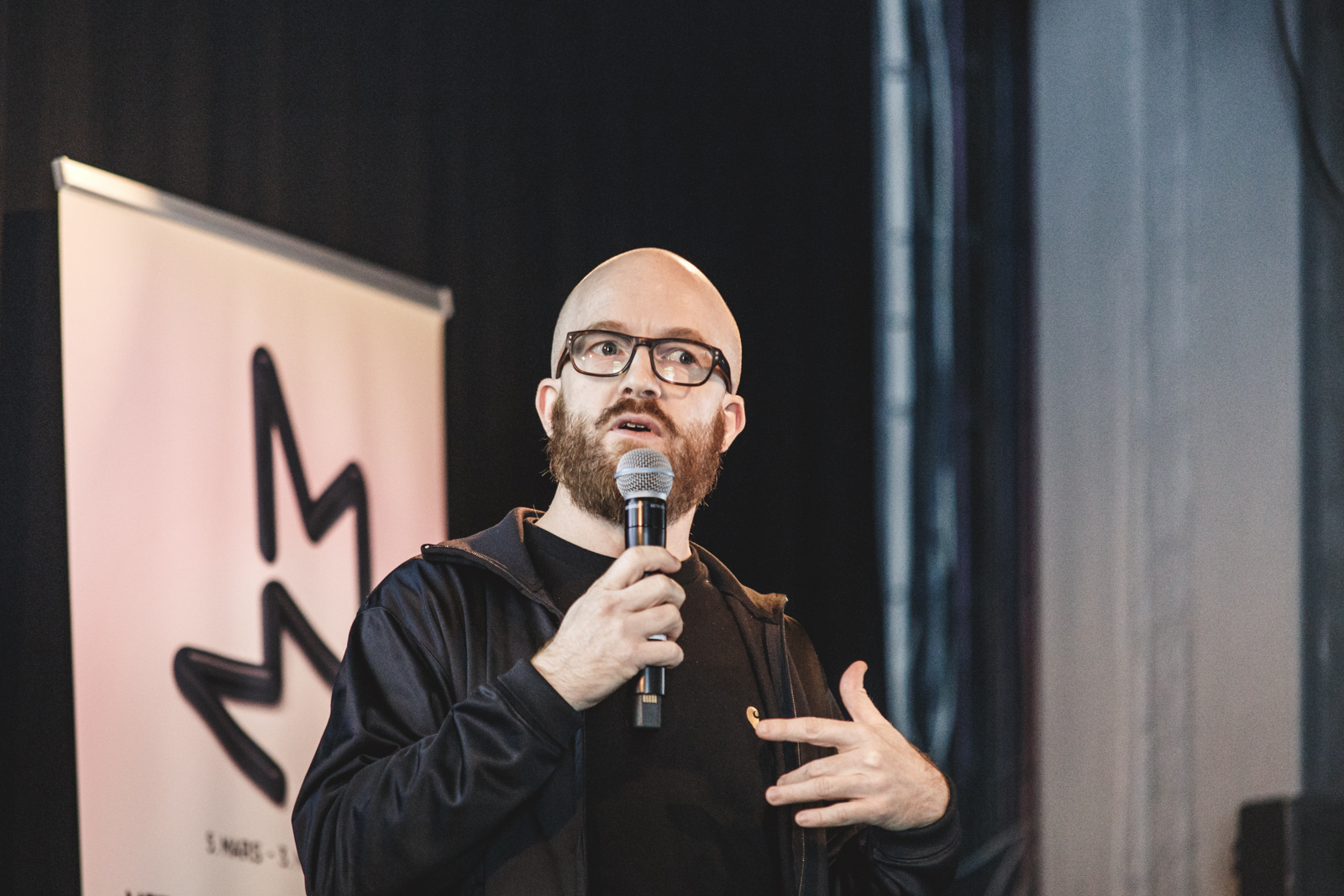




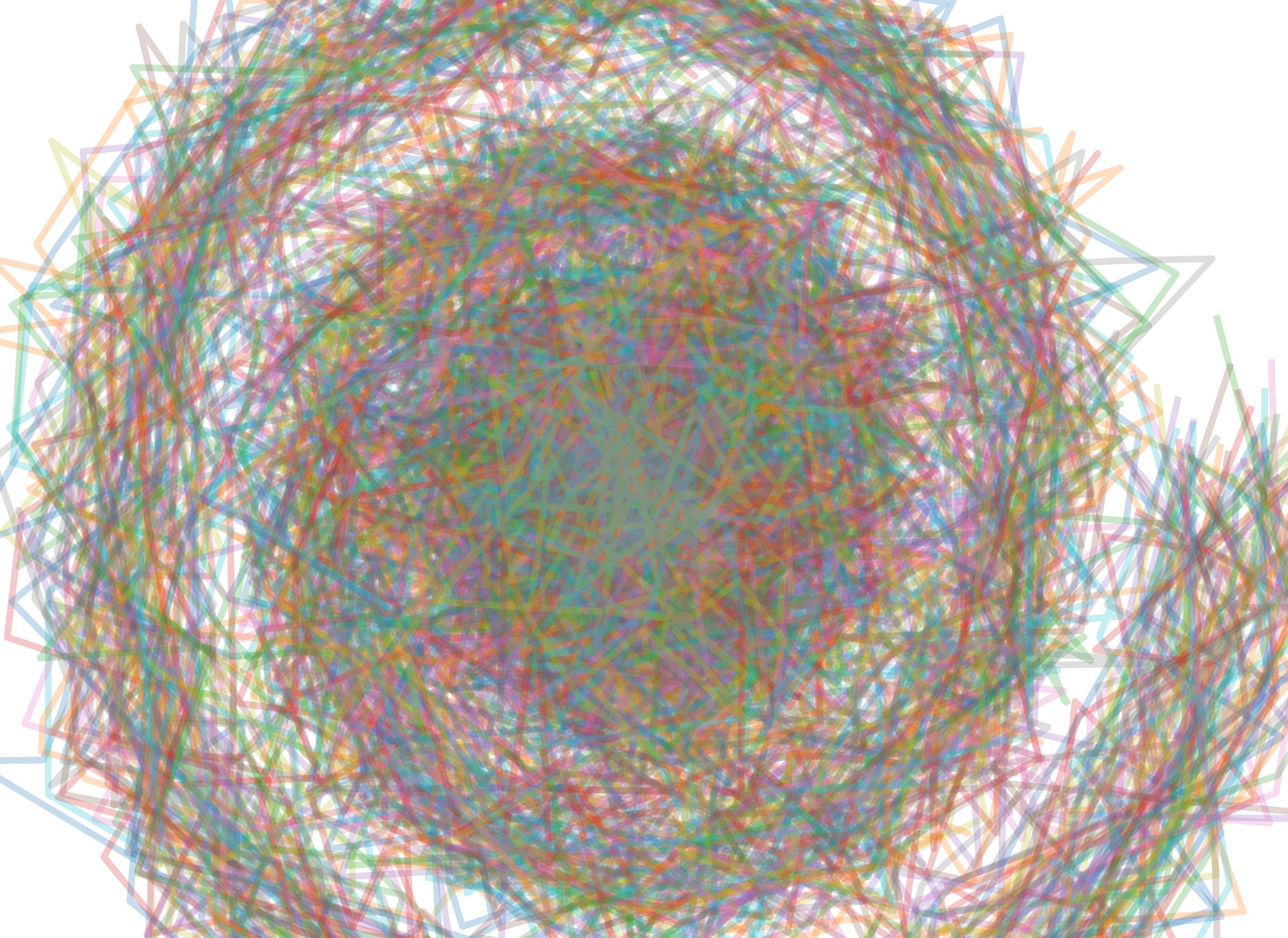
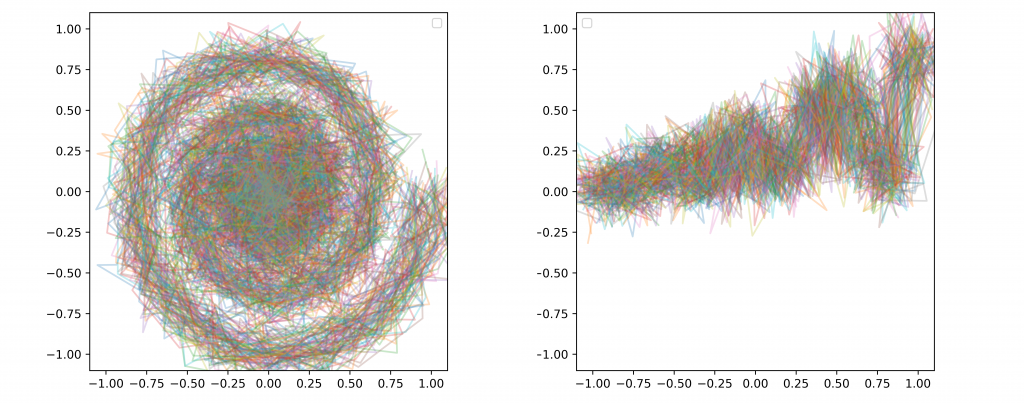
 Øyvind Brandtsegg
Øyvind Brandtsegg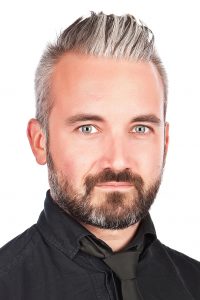 Axel Tidemann
Axel Tidemann



